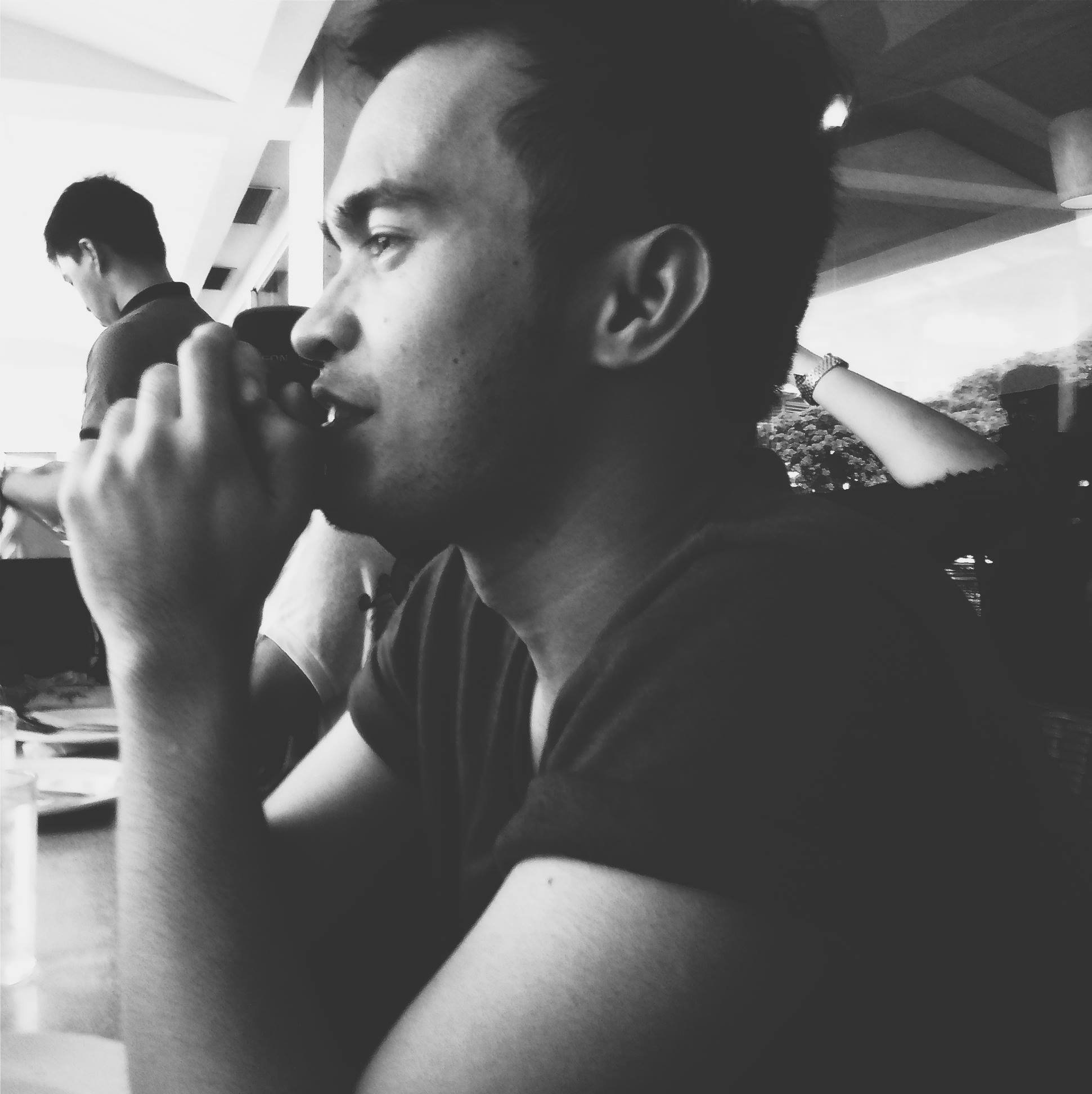When welding, making sure that the weld takes place at the correct temperature is a very important step to make sure that you get right. If welding takes place at too high a temperature, the security and strength of the affected weld can suffer, as well as the aesthetics of the join.
Should the weld be affected by too high a temperature, also known as too much thermal stress, the weld can suffer from increased corrosion, structural weakening, reduced life expectancy, and a far poorer aesthetic than if the weld were completed at the correct temperature.
Not only should you ensure that your welding equipment is properly managed in terms of temperature for the good of the weld, but it will also protect the equipment itself, the length of time for which it will last, as well as yourself.

The Most Common Cooling Solutions
There are a few different ways that the majority of fabricators make use of in order to keep their welding equipment at the correct temperature. Since welding equipment is extremely hot due to the very nature of welding, it must be kept at a lower temperature in order to protect the equipment, the welder, and the resulting weld.
The main methods of cooling are:
This method of cooling refers to making use of the normal running water facilities on site of the weld, to keep the process and equipment cool and at the correct temperature. Whilst this may seem at first to be the most cost-effective option, it can often end up being more costly than originally anticipated when water costs are considered. Of course, though, these vary depending on location.
Water recirculating coolers do exactly as the name suggests – they recirculate water through a radiator in order to keep the welding equipment on the other end at the right temperature to act against overheating. Whilst water recirculation systems are good and can be effective, they are often not enough and instead, a process chiller is more suitable.
Similarly to a water recirculation unit, a process chiller is closed-loop and does not use any water from external sources. Process chillers, however, are far more efficient in terms of how quickly they can provide cold water compared to a recirculatory. Process chillers have built-in refrigeration and compression, meaning that they can provide cold water whenever it is needed, regardless of the surrounding temperature.
In What Situations Might A Process Chiller Be More Suitable Than A Water Recirculator?
Heavy-usage scenarios – in a situation that welding is taking place constantly, there’s going to be a very large amount of heat to move around and absorb. There is no doubt that process chillers are more effective at doing this than water recirculators, due to the fact that they can provide a much larger amount of cold water at a fast rate, almost instantly. As a result of this, welding equipment can be kept cool and at the right temperature for the entirety of the welding time. If this were not the case and a recirculator were used that resulted in the equipment being constantly too hot, an immense amount of stress would be placed on it and result in it having a far shorter life span.
If you’re using more than one welder simultaneously – in the event that you’re looking to use more than one system at the same time and obtain your cooling from the same place, a process chiller is an absolute essential. Not only will a process chiller be able to supply enough cool liquid to keep each machine chilled and at the optimum operating temperature, it will be able to operate at a different power level in accordance with how much is being asked of it – not something that a water recirculator could do or cater for.
Getting Access To A Process Chiller
Not only can some process chillers be rather costly, but they can also be very large and difficult to move around. In addition to this, if you don’t have a constant usage for a process chiller it’s most likely and understandably not an investment that you would want to make.
In order to get the best of both worlds and so that you don’t have to invest a large amount of money all at once into a process chiller, it is very advisable to source out a rental process chiller, such as one from north slope chillers.
Not only does a rental chiller mean that you don’t have to shell out a large amount of capital, it also means that you will constantly be able to get access to a unit that you know you can rely on to get the job done for your customers.
What Should You Look For In A Process Chiller?
Regardless of whether or not you are planning on renting or purchasing a process chiller, there are certain factors and features that you should be sure to be on the lookout for when doing so.
- Durability
Durability is one of the most important aspects of a process chiller. Working in harsh environments and for long periods of time, process chillers are often heavily used and very much put through their paces. Ensure that the process chiller that you choose to rent or purchase is from a reliable company, such as north slope chillers.
- Environmentally Considerate
A lot of coolants that are used for various purposes in the market can be very damaging to the environment. It’s important to make sure that the cooler that you’re renting or buying uses a coolant that has been confirmed to be safe. Not only is this good for the environment, but you can use it as an advert in order to make sure your customers know that you’re operating ethically and with the environment in mind.
- A Reliable Supplier
Obviously, it’s important to make sure that your process chiller comes from a reliable supplier. Make sure it’s one that has been in business for a good amount of time, and that is recommended by others.







